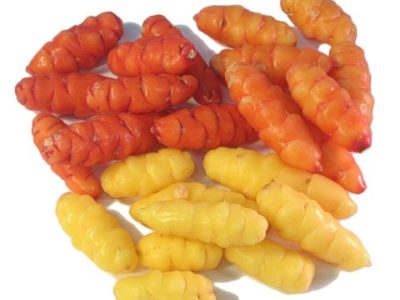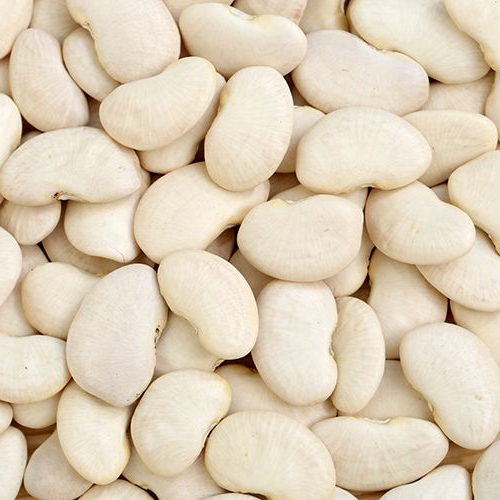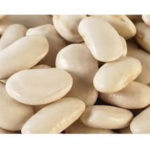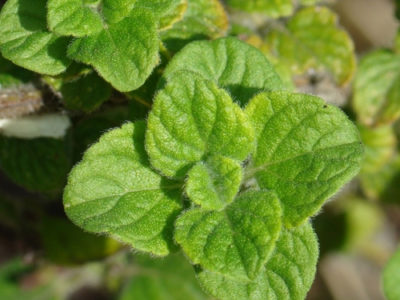

Double Beans Culinary Uses And Its Facts
Double Beans Culinary Uses And Its Facts
Phaseolus lunatus commonly known as double beans is a legume from the Fabaceae or Leguminosae family. Grown for its edible seeds, it is also known as the lima bean, butter bean or sieva bean and the origin of this vegetable dates back to the Andean and Mesoamerican times.
It was during 1300, the cultivation of this plant spread out to the north of the Rio Grande and later in the 1500s, the plant was cultivated in the old world.
In the United States, lima beans, and butter beans are witnessed as two different types of bean varieties, where sieva-type beans are termed as butter beans traditionally, it is also known as the Dixie or Henderson type.
Double Beans Culinary Uses
- Used as the main ingredient in the Valencian paella recipe which is very famous in Spain, it is termed as garrofon there.
- Butter beans are referred to as both dried beans and the canned one which ready to use in the United Kingdom and the United States.
- Speaking in terms of culinary use, Lima and butter beans are discrete, while the former is very small and green in color, the appearance of the latter is large and yellow.
- On the other hand, in places where both beans are considered to be Lima variety may be labeled as “baby” (and less commonly “junior”) limas.
Double Beans Facts
- Coming to Double Beans, they are a form of lima beans, broad beans or butter beans that are white and light pink in color.
- Similar to other bean types, they are loaded with minerals and dietary fiber and they are sometimes cooked together with Amaranth leaves.
- Seeing that, selection and storage of any vegetable play a major role in the nutrition value and freshness, it is important to buy beans that look green, just mature, plump, and firm pods! Stay away from sunken, shriveled pods as this will convert their sugars into starch.
- When you are done buying your beans, make sure you store the unshelled beans in a perforated plastic bag and keep it inside the refrigerator set at high relative humidity.
- They are said to stay well for up to a week or so.
- Keep them in a cool place that’s dry and avoid contact with high temperature and high humidity.
- In order to enjoy the real buttery taste of it, use them soon after the harvest.
(Visited 4,078 times, 1 visits today)


